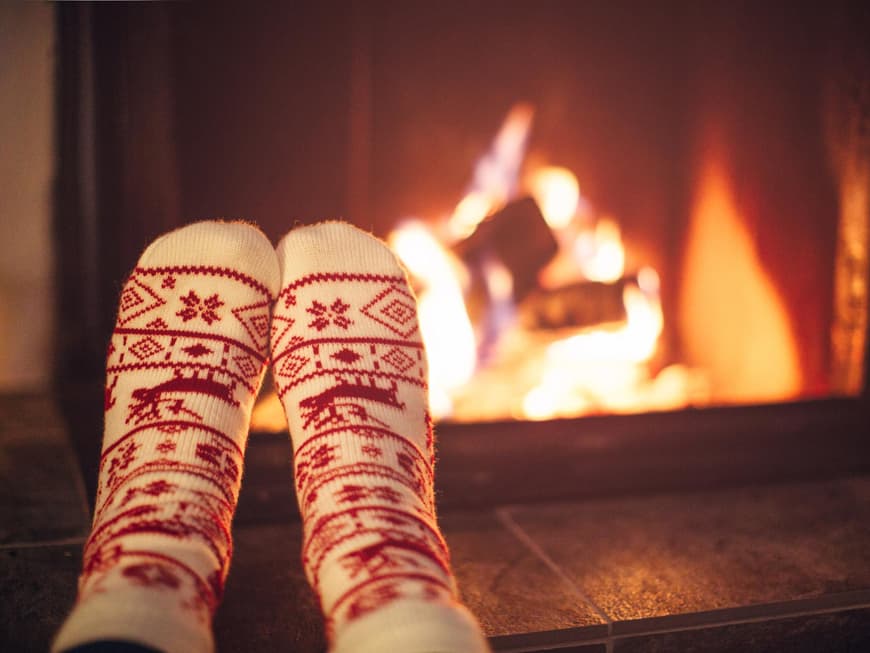
Firewood storage and stacking tips
When storing firewood, there are a few things you should bear in mind to ensure that your enjoyment of the fireplace remains untroubled. First of all, the firewood should be protected from moisture - damp wood burns more poorly and generates less heat. It also produces more smoke, which is contaminated with harmful substances. Consequently, the firewood should be dried before use: it should not have more than 20 percent moisture - moisture meters are available in DIY stores to check the water content in the wood. The following applies to fresh logs: depending on the type of wood, they need to be stored for six months to two years before they can be used as firewood.
There are two other useful tricks for storing firewood: the logs should not exceed a length of 30 cm and should not be too thick and large when chopped. Otherwise, large logs will take too long before they start to burn. And when stacking firewood, it is advisable to layer the logs alternately crosswise and lengthwise - this way they are better ventilated.
Very important: the type of wood
One of our most important firewood tips revolves around wood: not all types are equally suitable for burning in the fireplace. In general, a distinction is made between coniferous wood and hardwood. Coniferous trees grow faster than deciduous trees, so their wood is softer and not as strong. As a result, coniferous wood burns with more heat - but also faster, as it has less substance to burn. Hardwood has a higher calorific value than softwood due to its higher density, but is also more expensive to buy. If you only rarely light a fire in the fireplace and do so more for the atmosphere, you are generally well advised to use softwood. However, if you light the fireplace regularly, you are better off with wood from deciduous trees - even if it is more expensive.
